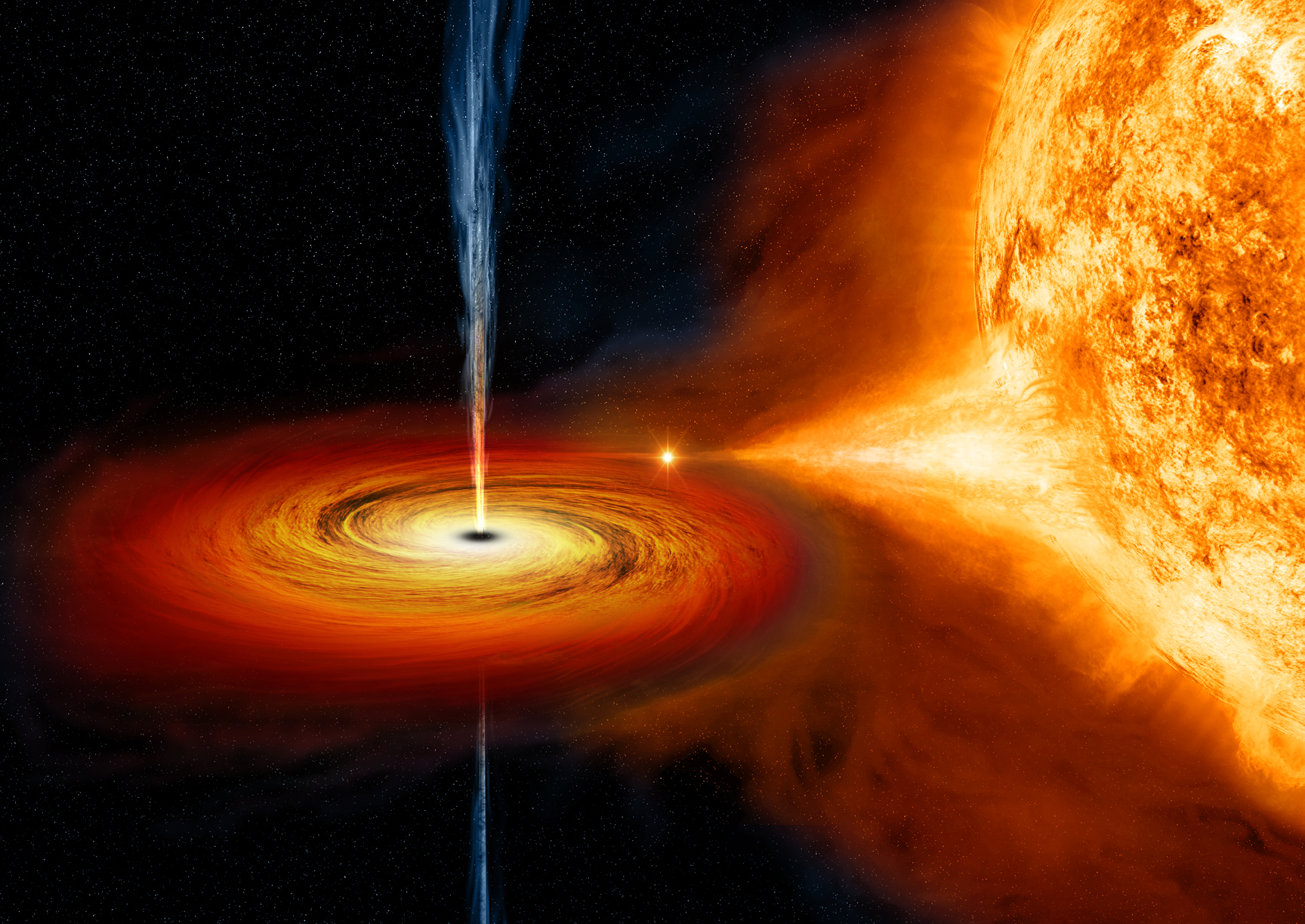Helium is a finite resource on Earth, but the sun mass produces the stuff. Through an idea called stellar lifting, we might one day extract helium from the sun.
Helium shortages
Every 4 or 5 years, the world seems to find itself in another helium shortage. Right now, we’re closer to a helium surplus, but it’s inevitable that the roller coaster will crest the hill and helium supplies will hit the slide once again.
Sooner or later though, these temporary helium shortages are going to turn toward exhaustion. Helium, like so many of Earth’s resources, is finite here and once it’s gone, it’s gone.
Thankfully, we are already exploring helium supplies that are beyond our planet.
Giant, hot helium factory
The sun is mainly composed of hydrogen and helium, the latter accounting for just under 25% of the sun’s mass. You’ve heard of solar flares, solar winds, and coronal mass ejections—basically it’s all science-talk for “the sun is spewing a bunch of stuff into space.”
Some of that “stuff” is helium, and there has been a lot of it flying toward us over the years.
Helium, riding the winds
The solar winds ejected by the sun carry helium (and other elements like hydrogen, but this is a helium blog!) outward through space.
Helium is actually blowing right by us all of the time, but it doesn’t make it to the Earth because our atmosphere acts as a forcefield, deflecting the helium around us like water pouring over a basketball.
Now, you’re probably thinking, “What about the moon, it has no real atmosphere?”
You’d be right.
A moon full of helium
Scientists believe that solar winds have been depositing huge amounts of helium on the surface of the moon over billions of years, collecting and building up in the lunar soil like dust settling on your desk.
In fact, there is a space race happening right now to get back to the moon to develop a mining operation to extract helium (which could happen in just a few years). But that’s a different story, which you can read about here.
How could we extract helium from the sun?
We’ve researched the ideas that have been proposed so far and they are, if you pardon the pun, out of this world.
Each solar eruption carries a trickle of helium. So the first thing we’d have to do is increase the amount of solar ejections.
To do that, giant lasers could be used to shoot areas of the sun, causing it to heat up and emit solar flares and winds at our request.
Or space particle accelerators could generate intense magnetic fields, gravitationally “squeezing” the sun until it spews plasma from its poles.
And once we extract helium from the sun, how do we collect it?
How to harvest helium from the sun
Here is where things get really crazy. One possibility is a Dyson sphere, a mega-structure constructed to surround the entire sun, capturing its output.
Or, as Universe Today publisher Fraser Cain explains, we could create small, pet black holes which would siphon elements from the sun.
We could construct enormous, laser-equipped mass spectrometers, which would purify the solar winds to isolate, cool, and condense the helium onto particles of dust that could then be sucked up, stored, and transported.
Another idea is the creation of artificial planets—gas giants made from the extracted helium—used solely to store the noble gas in space until we need to go and restock our supplies.
When will we extract helium from the sun?
Sorry, it’s not happening in our lifetimes. We’re not even close. The methods to extract helium via stellar lifting really have not even been explored much beyond just the theoretical possibilities of such ideas.
But the good news is there is an unlimited supply of helium just beyond our atmosphere that is there for the taking. The reality is, some day we will figure out how to take it.
And we will start with the moon.
Sources: Interstellar Migration and the Human Experience by Ben R. Finney, NASA, Universe Today, Orion’s Arm Universe Project, Wikipedia, Sentient Developments
Image: nasa.gov


